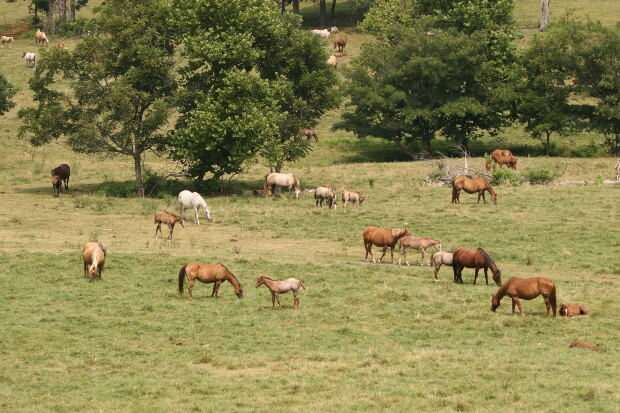Ranching can be a great business to be in. If the ranch is run well, it can bring in a lot of money. Choosing the right location is vital; it affects almost every other aspect of the ranch’s success. Choosing the right ranch goes beyond its size. There are a lot of other elements to consider too. Let’s get into it.
Understand Your Needs
Decide on the needs of your business. Develop a business plan and work out the purpose of your ranch. Use your plan to dictate the features that your ranch need. Avoid oversimplifying it and making generalizations. Remember that the size of the land is not necessarily the most important consideration. Come up with a list of criteria to measure the viability of the land you view.
Ask Questions
Read the land listings carefully. Take the time to think about the information provided. Does it answer all of the questions that you have? Remember that if you want extra information, you are allowed to ask. Find out the capabilities of the land. Is it suited to growing crops? What is its capacity for livestock? Conduct your own research on the veracity of the claims.
Look for Variation
Look for a piece of land that is as versatile as possible. Try to find a plot with a lot of natural variation. Check whether there are enough grazing areas. Think about whether there is enough room to rotate the grazing areas; this allows the land the opportunity to recover. Pay attention to the soil type, test the quality if possible. Make sure there is also enough room for your administrative responsibilities too. Plan out the requirements of the land and try to allocate space for all aspects of the ranch, from the animals to the structures.
Water Access
Check to see whether there is a good water source on the land. Having easy access to a water source is imperative to the health of the livestock and the crops. Remember to test the quality of the water to ensure that it is safe for the land and the animals.
Past Use
Ask about the past use of the land. Excessive use can deplete the natural resources and diminish the nutrients in the soil and the quality of the land. Conduct some research into the history of the land. Discover its past uses and whether that will affect your plans.
Affordability
Work out a budget and stick to it. Avoid compromising on features. Wait and save more money if you cannot afford a good plot of land. Assess whether it needs work because that will mean spending more money. Use dedicated sellers to find the best plots of land for the best prices; for example, if you want to buy land in Texas, check out TexasLand they cater to most budgets and size needs.

